Bashar al-Assad’s departure from Syria on December 8th, following the liberation of Damascus by rebel forces, marks a seismic shift in the dynamics of a conflict that has defined the Middle East for over a decade. The Syrian war, ignited by internal unrest and amplified by foreign interventions, has torn apart the nation, leaving millions dead or displaced. Assad’s exit signals not only the collapse of his authoritarian regime but also the end of an era in which Syria became a battleground for both regional and global powers. Throughout the conflict, Syria’s geopolitical importance was magnified, as Russia and Iran supported Assad, while Western and regional powers backed opposition factions. His departure carries far-reaching implications beyond Syria’s borders, where the redistribution of power could reshape alliances and rivalries across the Middle East. This shift introduces new uncertainties, with the potential for intensified conflicts as various factions vie for control and the role of foreign powers in dictating the region’s future coming under sharper scrutiny.
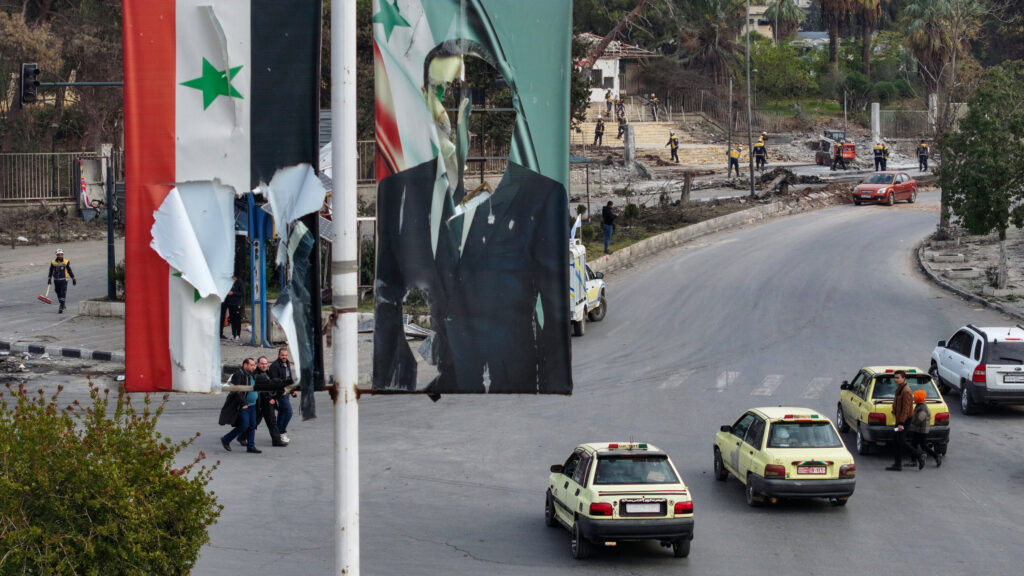
The Demographic Factor in Syria’s Politics
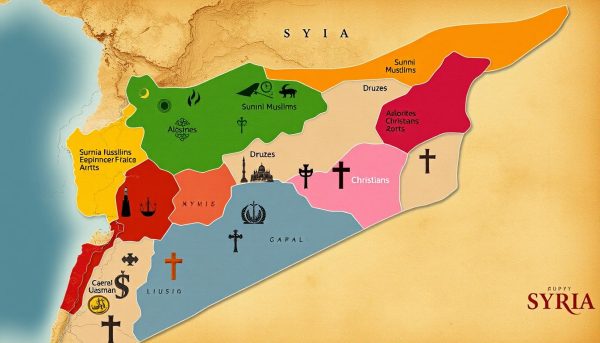
Syria’s demographic composition is pivotal to understanding its political trajectory, serving as both a source of tension and a reflection of broader regional dynamics. The country is predominantly Sunni Muslim, yet it has been ruled for over four decades by the Alawite Assad family, a Shia sect, leading to deep-rooted disenfranchisement and frustration among the Sunni majority. This sectarian divide, long simmering under Assad’s autocratic rule, exploded into full-scale conflict with the onset of the civil war in 2011, creating a volatile and fragmented political landscape.
The situation has not only intensified internal divisions but has also attracted intervention from regional powers seeking to exploit these fault lines for their own strategic purposes.
The Sunni majority, feeling marginalized by the Assad regime, largely aligned with opposition factions that have received varying degrees of support from regional heavyweights such as Saudi Arabia, Turkey, and Qatar. These nations, driven by both ideological and geopolitical interests, provided arms, funding, and political backing to opposition groups, each with their own agendas for Syria’s future. Meanwhile, the Alawites, forming the backbone of Assad’s military and political power, have remained fiercely loyal to the regime. This sect’s survival in power is critical to Iran’s broader regional strategy, as it secures a key ally in Syria, bolsters the Shiite Crescent, and ensures a direct supply line to Hezbollah in Lebanon. For Iran, maintaining Assad’s regime is not just about preserving an ally, but also about securing a dominant role in the regional order.
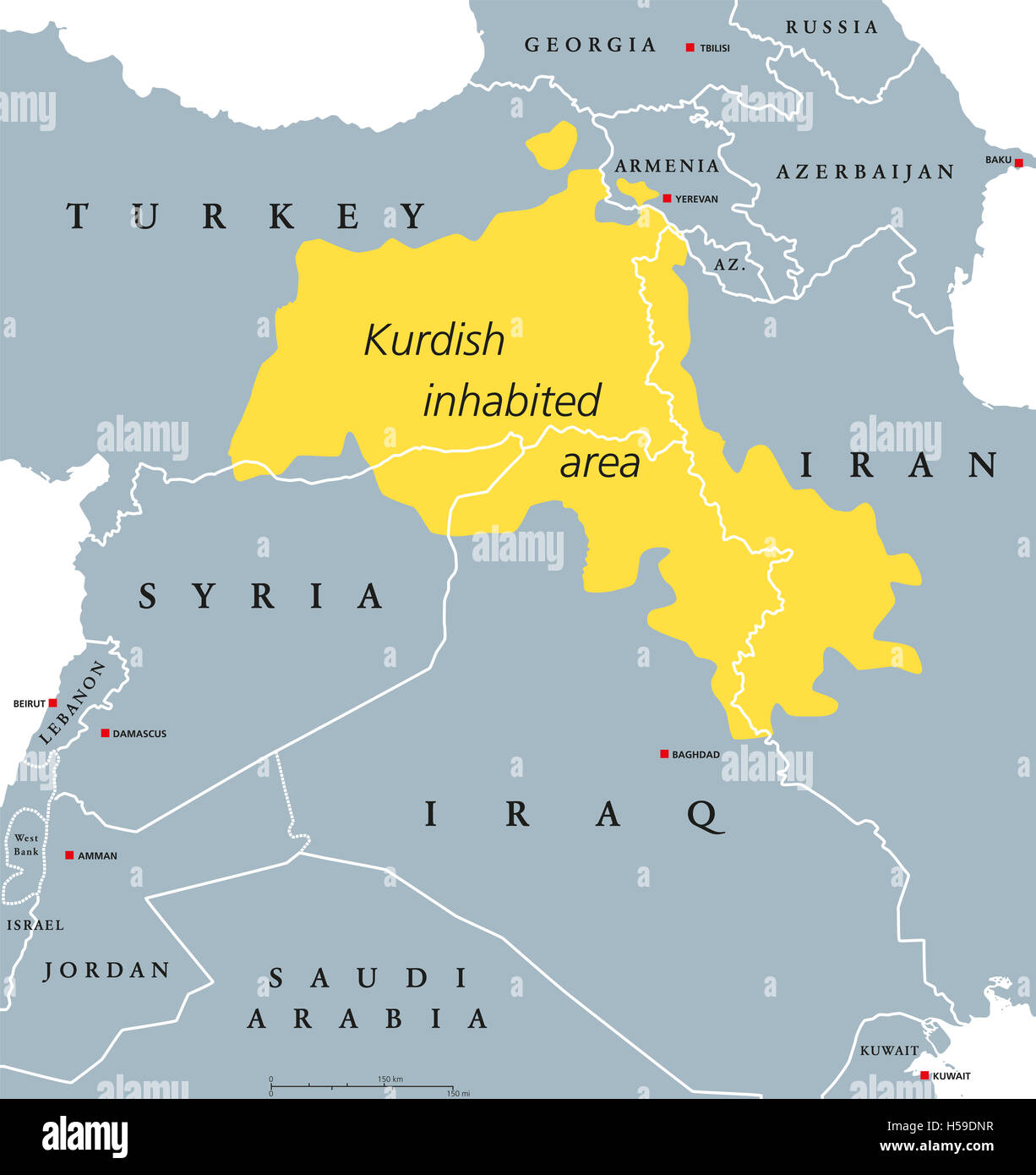
Meanwhile, the Kurds, concentrated in the northeastern part of the country, have pursued autonomy in a bid to safeguard their rights and political future. This has put them at odds not only with the Assad regime, which views any challenge to its authority as a threat, but also with Turkey, which perceives Kurdish autonomy as a direct challenge to its own territorial integrity. The Kurdish forces, primarily the Syrian Democratic Forces (SDF), have carved out a de facto autonomous region in the north, but their alignment with the United States in the fight against ISIS has only complicated the situation further, creating a complex web of competing interests.
These competing dynamics have made Syria a microcosm of the broader sectarian and ethnic conflicts that define much of the Middle East. Regional powers have increasingly viewed Syria not just as a battleground for influence but as a critical piece in the larger geopolitical puzzle. The struggle for dominance has drawn in not only regional powers like Saudi Arabia, Turkey, and Iran but also global players, each with their own vision for the country’s future. Syria, therefore, remains not just a war-torn nation but a reflection of the Middle East’s fractured political and religious landscape, where alliances shift, and the stakes of survival are as much about identity as they are about control.
Regional Powers: Interests and Strategies
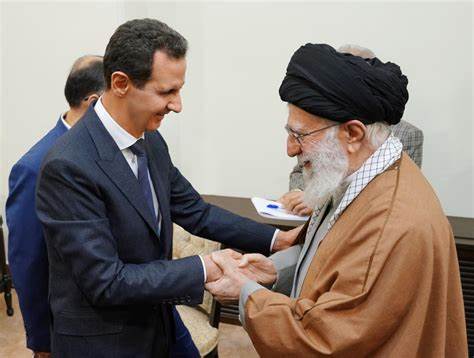
Iran: The Guardian of the Shia Crescent
Iran’s strategic interest in Syria is deeply rooted in its role as the central player in the Shia Crescent—a geopolitical corridor connecting Tehran to Hezbollah in Lebanon. Syria has long been Iran’s most important ally in the Levant, providing a direct land route to Hezbollah, which plays a critical role in Tehran’s efforts to project power in the region. For Iran, maintaining Assad’s regime has been integral to securing its regional influence and preserving the Shia axis stretching from Iran to Iraq, Syria, and Lebanon. However, with Assad’s potential departure in 2024, Iran faces a significant strategic challenge. Losing its key ally in Syria would undermine its position in the region, potentially isolating Tehran from its Lebanese proxy, Hezbollah, and other Shia militias operating across the Middle East. In response, Iran may intensify its reliance on Shia militias and expand its network of loyal forces in Syria, including the deployment of more Revolutionary Guard Corps (IRGC) personnel, to maintain its foothold in the country. This increased presence could also extend to areas previously controlled by Assad, ensuring that Tehran remains a key player, irrespective of Syria’s political future. However, such moves could escalate tensions with Sunni powers like Saudi Arabia and Turkey, further deepening sectarian divides and polarizing the region. Iran’s continuing influence in Syria may not only shape the future of the country but could also determine the balance of power in the broader Middle East.

Turkey: Balancing Regional Ambitions and Security
Turkey’s involvement in Syria has been driven by a dual set of objectives: suppressing Kurdish aspirations for autonomy and expanding its regional influence, particularly in the Arab world. Ankara’s support for various Sunni factions and its military presence in northern Syria reflect its broader goal of countering Kurdish forces, especially the Syrian Democratic Forces (SDF) and the People’s Defense Units (YPG), which it perceives as extensions of the PKK (Kurdistan Workers’ Party), a group designated as a terrorist organization by Turkey. Assad’s potential exit presents both opportunities and risks for Turkey. On one hand, the weakening of Assad-aligned forces might create an opening for Turkey to expand its influence in a fragmented Syria, increasing its leverage over opposition groups and carving out more territory in the northern regions. On the other hand, the departure of Assad could embolden Kurdish groups, potentially fueling further demands for autonomy. This could lead to intensified Turkish military campaigns in the north, exacerbating the already strained relationship between Turkey and the Kurdish factions in Syria. Moreover, Turkey’s assertive stance in Syria risks further alienating its regional and international partners, particularly Russia and Iran, with whom it has sought to balance its interests in the ongoing conflict. The potential for a power vacuum in Syria could force Turkey into a delicate balancing act, trying to consolidate its gains in the region while managing increasingly complex relationships with its adversaries.

Israel: Striking a Delicate Balance
For Israel, Syria’s ongoing instability has primarily centered around the growing influence of Iran and the transfer of advanced weaponry to Hezbollah. While Assad’s regime has largely avoided direct confrontation with Israel, the presence of Iranian forces in Syria has been a consistent source of concern for Israeli security. Israel has conducted numerous airstrikes aimed at curbing Iranian entrenchment and preventing the flow of weapons to Hezbollah, its primary adversary in Lebanon. Assad’s potential departure, however, introduces new uncertainties. A power vacuum in Syria could lead to the rise of extremist Sunni factions or other militant groups, further complicating Israel’s security calculus. These groups, some of which may be supported by regional powers such as Saudi Arabia or Qatar, could pose new threats along Israel’s borders. In response, Israel is likely to continue its targeted strikes against Iranian military assets in Syria, ensuring that Iran’s influence in the region remains contained. However, a fragmented Syria with no clear central authority could make it more difficult for Israel to maintain its strategic objectives, creating a more unpredictable and potentially volatile security environment. Israel will need to adapt to this evolving landscape, balancing its efforts to curb Iranian influence while navigating the complexities of an increasingly divided and chaotic Syrian state.

Saudi Arabia and the Gulf States: Weakening Iran’s Axis
For Saudi Arabia and its Gulf allies, Syria has been a crucial front in their broader proxy conflict with Iran, as both powers have sought to expand their influence in the region. Saudi Arabia has supported Sunni opposition groups as part of its strategy to weaken the Assad regime, which has long been backed by Iran. The fall of Assad, while advantageous in terms of diminishing Tehran’s influence, also presents significant challenges for the Gulf states. The power vacuum created by Assad’s exit could make it more difficult for Riyadh to shape the political future of Syria in a way that aligns with its interests. While Saudi Arabia may look to increase its support for Sunni factions in a post-Assad Syria, it faces the risk of further fragmentation, with different groups potentially vying for control in a power struggle that could destabilize the country even further. Moreover, a fractured Syria could become a breeding ground for extremism, complicating Saudi Arabia’s long-term security strategy. The rise of jihadist groups in the wake of Assad’s departure could undermine the Gulf states’ efforts to promote stability in the region. As a result, while the collapse of Assad’s regime might provide a tactical victory for Saudi Arabia, the broader geopolitical ramifications—both within Syria and beyond—could pose serious challenges to Riyadh’s ambitions in the Middle East.
The Broader Implications for Regional Politics
Rising Sectarian Tensions:
The potential departure of Bashar al-Assad will undoubtedly exacerbate the already intense sectarian rivalry between Sunni and Shia powers, which has been a driving force in the Syrian conflict. Assad’s regime, largely backed by the Alawite Shia sect, has long been a point of contention for Sunni-majority nations, particularly Saudi Arabia and Turkey, which have supported various opposition factions throughout the war. In a post-Assad Syria, the Sunni-Shia divide is expected to widen, as each side seeks to fill the power vacuum left by his exit. This polarization could quickly spread beyond Syria’s borders, fueling sectarian violence in neighboring countries like Iraq and Lebanon, where Shia militias supported by Iran and Sunni extremist groups have already engaged in violent confrontations. Iraq, with its fragile political system and mixed Sunni-Shia population, could be especially vulnerable to this spillover, further destabilizing an already volatile region. Similarly, Lebanon’s sectarian politics, shaped by the complex balance of power between Sunni, Shia, and Christian factions, could be strained, particularly if the conflict in Syria triggers new waves of refugees or heightens Hezbollah’s military activity. The ongoing sectarian tensions could thus result in a broader Middle Eastern crisis, where rival powers pursue proxy conflicts in neighboring states, destabilizing the region for years to come.
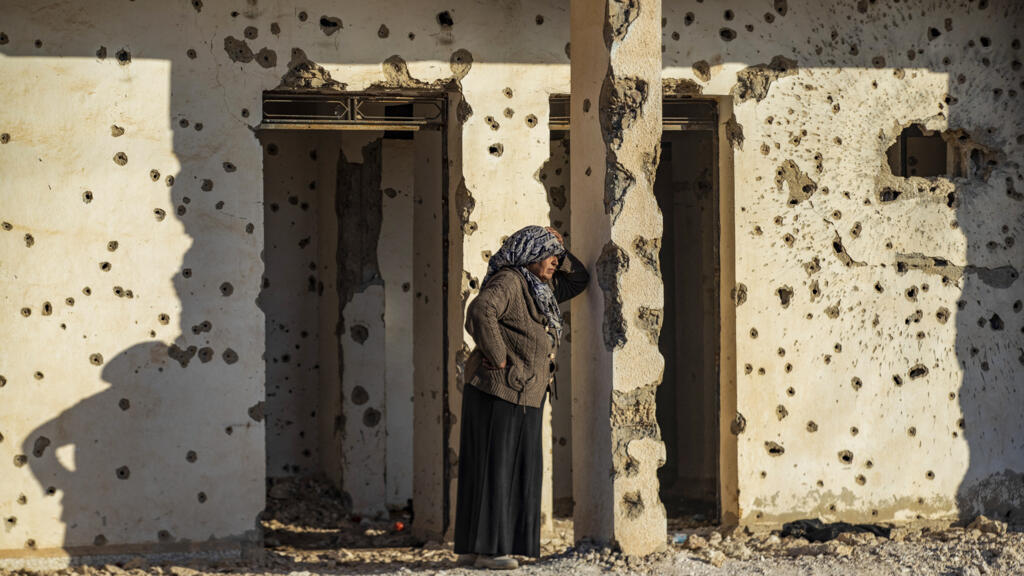
The Kurdish Question:
Syria’s Kurdish population, concentrated in the northeastern regions, has carved out a semi-autonomous zone in the midst of the ongoing conflict, governed by the Syrian Democratic Forces (SDF) and the People’s Defense Units (YPG). As the Assad regime collapses, the Kurds are likely to play a central role in Syria’s post-Assad future. Their quest for greater autonomy, or even independence, will be a key factor in shaping the political landscape. However, these aspirations are bound to provoke strong opposition from Turkey, which sees Kurdish autonomy as a direct threat to its own territorial integrity due to the presence of the PKK (Kurdistan Workers’ Party) and its Kurdish population. Ankara has already waged military campaigns against Kurdish forces in northern Syria, and in the absence of Assad, Turkey may escalate its efforts to curb Kurdish independence in the region. At the same time, the Kurdish pursuit of autonomy will further complicate relations with Arab factions within Syria, many of whom view the Kurds’ political ambitions as a challenge to the unity of the state. The fragmentation of Syria could lead to increased internal conflict, as Kurdish groups seek to solidify their gains while facing pressure from both Turkish forces and Arab militias. The Kurdish question, therefore, will be a critical flashpoint, potentially setting the stage for long-term instability and further ethnic tensions in the region.
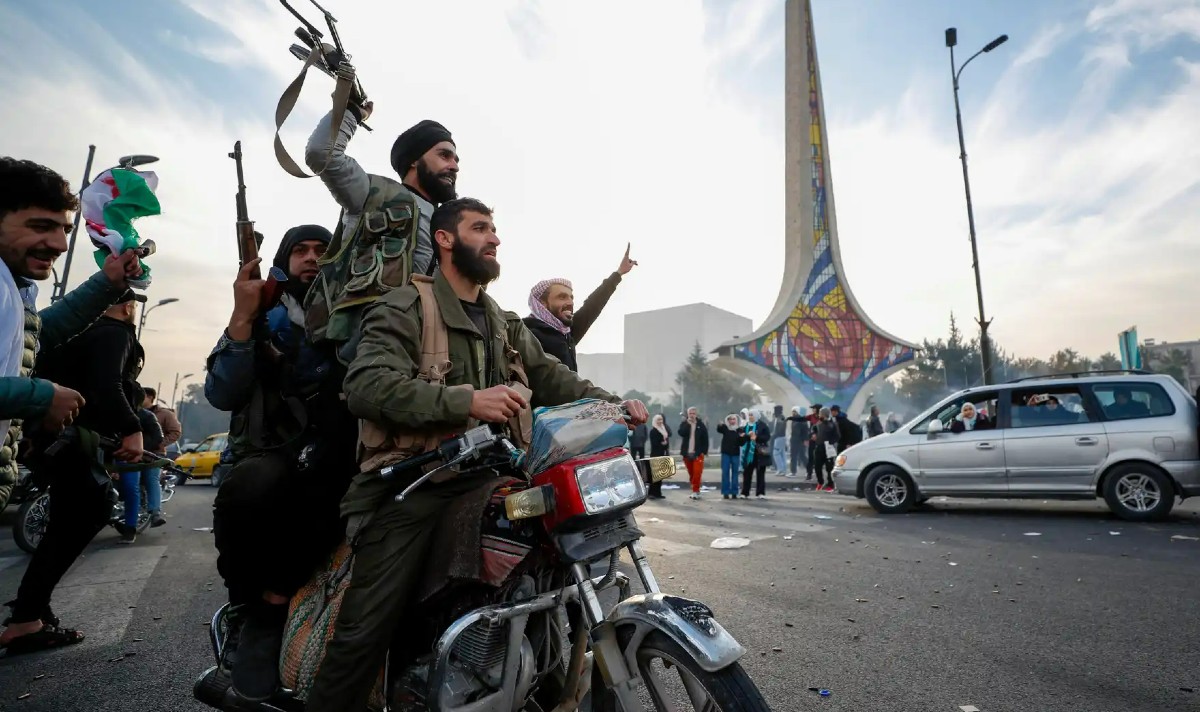
Shifting Alliances:
With Assad’s departure, the alliances that have shaped the conflict in Syria for over a decade will undergo significant shifts, further complicating the regional balance of power. Turkey and Saudi Arabia, two key Sunni powers that have backed opposition groups, may find themselves aligning more closely in an effort to counterbalance Iranian influence in a post-Assad Syria. Both countries share a common interest in curbing the spread of Shia power and will likely increase their support for Sunni factions vying for control in the new political landscape. On the other hand, Iran and Russia, Assad’s steadfast allies throughout the war, are expected to deepen their cooperation in an attempt to retain influence in Syria and maintain their strategic interests in the region. For Iran, losing its influence in Syria would be a significant blow to its broader geopolitical ambitions, particularly in its quest to solidify the Shia Crescent from Tehran to Beirut. Russia, which has used its involvement in Syria to assert itself as a dominant global power, may also reinforce its ties with Iran to maintain a foothold in the Levant. These shifting alliances will not only impact Syria’s future but could also reshape the broader Middle East. The evolving power dynamics could lead to new proxy wars, with regional and global players adjusting their strategies in response to the changing tides of influence, creating a volatile environment in which alliances are fluid and the stakes continue to rise.
Global Powers: Calculating Gains and Risks
Russia: The Strategic Gambler
Russia’s intervention in Syria has been a central element of its broader Middle East strategy, marking a significant effort to reassert its influence in the region. By backing Bashar al-Assad’s regime, Moscow secured a foothold in Syria, which not only provided strategic military advantages but also granted access to the Mediterranean through its naval base in Tartus. This base is of critical importance to Russia’s ability to project power in the region and beyond, serving as a key component in its efforts to expand its global influence. While Assad’s departure would be a significant setback for Russia, Moscow is unlikely to completely abandon its interests in Syria. Instead, it may pivot to supporting alternative figures within Syria’s ruling elite, seeking to maintain its influence over any future government. Russia could also act as a mediator in a power-sharing agreement among Syria’s fractured factions, leveraging its military and diplomatic power to broker a solution that ensures its continued presence in the country. Ultimately, Russia’s primary goal remains the preservation of its strategic interests in Syria—especially its naval base in Tartus—while solidifying its role as a key player in the geopolitical landscape of the Middle East. In a region rife with competing powers, Russia’s adaptability and willingness to work with various factions will be crucial in determining whether it can maintain its influence as the Syrian conflict enters its next phase.
The United States and the West: Managing the Fallout
For the United States and its Western allies, Assad’s potential departure aligns with their long-standing objective of regime change in Syria. Over the course of the conflict, the U.S. has been critical of Assad’s brutal crackdown on protesters and his alignment with Iran and Russia. However, while his removal may seem like a victory for U.S. policy, the absence of a unified, coherent opposition complicates Western strategy. With no clear successor to Assad and a fragmented Syrian political landscape, the West faces significant challenges in shaping the country’s future. The U.S. must balance multiple, often conflicting priorities: countering the remaining presence of ISIS, limiting Iranian and Russian influence in the region, and supporting Kurdish groups that have been key allies in the fight against terrorism. The situation is further complicated by Washington’s reluctance to commit ground forces, leaving it reliant on diplomacy and proxy engagements, strategies that have yielded limited success in the past. The U.S. and its allies will likely focus on ensuring that any post-Assad government does not fall under the sway of Iran or Russia, but the complexity of Syria’s internal divisions means that Western influence will continue to be limited. As such, the U.S. will have to navigate a landscape where military intervention is off the table, and diplomatic efforts are hindered by Syria’s deep sectarian and political fragmentation.
China: A Cautious Observer
China has largely avoided direct involvement in the Syrian conflict, maintaining a more cautious approach than other global powers. Its primary focus in the region has been on economic opportunities rather than military or political engagement. In the wake of Assad’s departure, however, China is likely to emerge as a key player in Syria’s reconstruction efforts. Through its Belt and Road Initiative (BRI), Beijing has sought to expand its economic influence across the Middle East and could leverage Syria’s rebuilding process to secure long-term partnerships. China’s ability to provide infrastructure development and investment, coupled with its policy of non-intervention, positions it as a potentially influential force in Syria’s post-Assad future. While China’s approach to the Syrian conflict has been predominantly pragmatic, avoiding military entanglement or heavy political intervention, its economic influence could allow it to establish a foothold in a country that will require extensive reconstruction. As a rising global power, China’s involvement in Syria could reshape the country’s economic landscape and deepen its presence in the Middle East, further enhancing its role as a strategic economic partner in the region.
The Impact on Syria’s Future
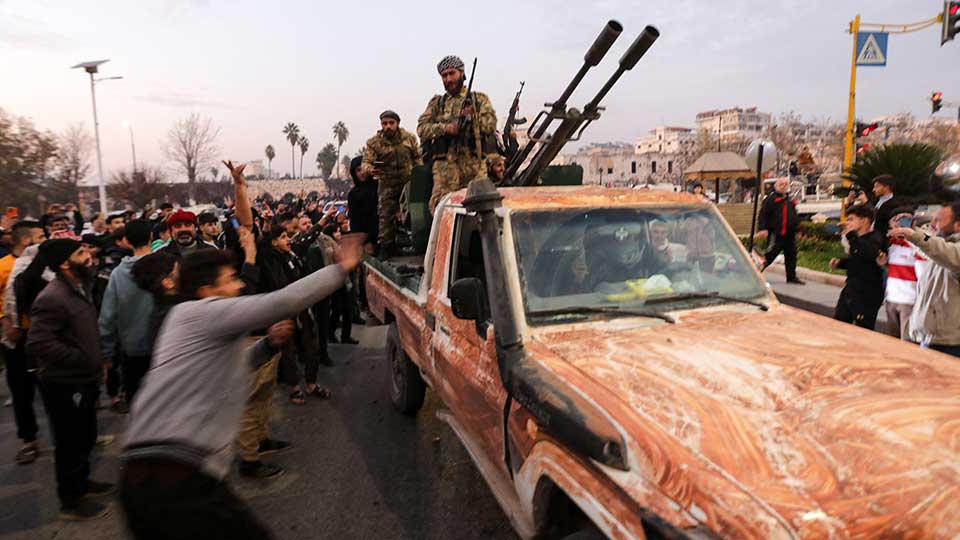
Fragmentation and Proxy Conflicts:
The departure of Bashar al-Assad is likely to accelerate Syria’s descent into deeper fragmentation, as rival factions and external powers scramble to carve out spheres of influence in a post-Assad landscape. With the absence of a central authority, regional and global powers—such as Turkey, Iran, Saudi Arabia, and Russia—will likely deepen their involvement, each backing different factions aligned with their strategic interests. This fragmentation could lead to a prolonged period of instability, where local militias, ethnic groups, and political factions vie for control over key territories. Rather than working toward a unified Syria, external actors may exploit these divisions, using Syria as a proxy battleground in their larger regional power struggles. As seen in other conflict zones in the Middle East, such as Yemen or Libya, this kind of external involvement often exacerbates violence, prolongs hostilities, and creates a cycle of conflict that is difficult to break. The result would be a country splintered into competing zones of control, with the Syrian people caught in the crossfire, facing not only internal strife but also the geopolitical maneuvering of outside powers that are more interested in securing influence than in supporting a peaceful resolution.
Regional Power-Sharing:
A negotiated settlement in Syria, involving regional powers with vested interests, could provide temporary stabilization, but it would likely come at the cost of Syrian sovereignty. In this scenario, power-sharing agreements between major regional actors like Turkey, Iran, and Saudi Arabia might emerge, as each seeks to secure its stake in Syria’s future. These agreements could bring a temporary lull in fighting, but they would likely entrench the influence of external powers in Syrian affairs, sidelining the voices of the Syrian people. Such settlements, while potentially reducing immediate violence, would risk creating a fractured political structure in which local interests are subordinated to the regional competition for dominance. Iran might retain control over Damascus and its Alawite allies, while Turkey could consolidate its power in the north, and Saudi Arabia might find ways to secure influence in the south or the opposition-held areas. In this scenario, Syria would no longer function as a unified, sovereign state but would become a geopolitical pawn in the broader Middle Eastern power struggle, where regional actors dictate terms rather than the Syrian people themselves.
Reconstruction and Economic Recovery:
Syria’s long-term recovery will require extensive international investment, but the reconstruction process is likely to be fraught with political and economic complications. Given the devastation wrought by over a decade of conflict, the rebuilding of Syria’s infrastructure, economy, and society will be a massive undertaking requiring billions of dollars in aid. International powers, each with their own interests, will inevitably vie for influence over the reconstruction process. China, with its Belt and Road Initiative (BRI), is likely to play a significant role, offering investment in infrastructure projects and seeking to solidify its economic foothold in the region. Meanwhile, the European Union, as one of Syria’s potential key partners, may push for reconstruction efforts tied to political reforms and human rights improvements, while also trying to limit Russian and Iranian influence. The Gulf states, particularly Saudi Arabia and the UAE, may also be keen to exert their influence through financial support, particularly if they see an opportunity to reshape Syria’s political landscape or undermine Iranian dominance. However, this competition among global and regional powers could slow down or complicate Syria’s recovery, as each actor uses reconstruction as leverage to secure strategic advantages. As a result, Syria could find itself in a position where its economic recovery is as fragmented as its political structure, with different regions and sectors being controlled or developed under the influence of external powers, rather than driven by a unified national effort. This could hinder the country’s ability to rebuild in a way that fosters genuine reconciliation or national unity.
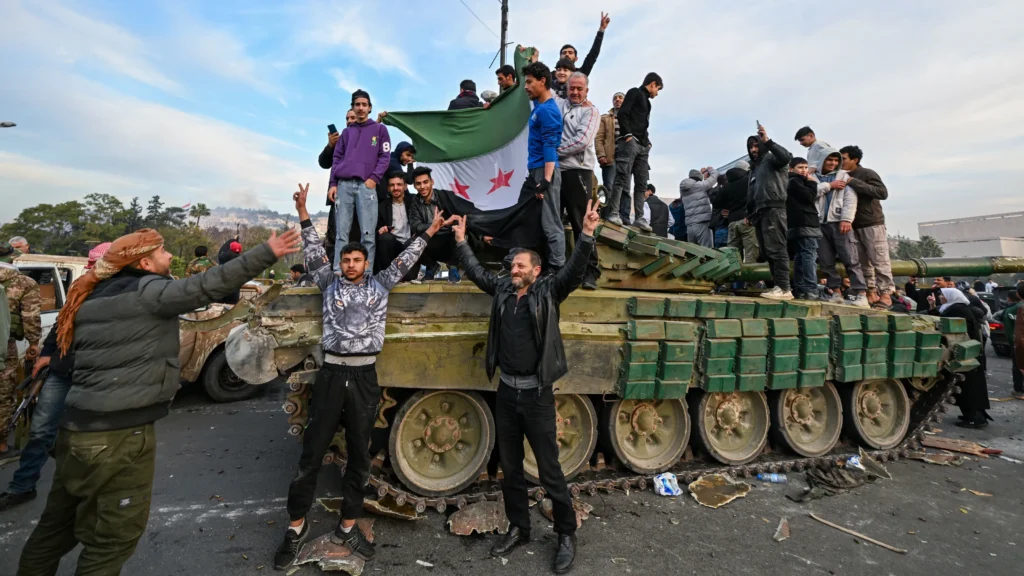
Syria stands at a crossroads, its future hanging in the balance as both internal and external forces continue to vie for control. While Assad’s departure signals a shift, it is not a panacea for the deep-rooted issues that have plagued the country for years. The challenge ahead lies not only in rebuilding a fractured nation but also in reconciling the competing interests of regional and global powers that have, in many ways, shaped the conflict. The Syrian people, who have endured unimaginable suffering, must navigate a path toward peace in an environment where their voices are often drowned out by the ambitions of others. The road to recovery will be long, and Syria’s fate will remain tied to the broader dynamics of the Middle East. Only time will reveal whether this new chapter will bring genuine peace or further entrench the cycles of violence and instability that have defined the nation’s recent history.

What a great critical analysis !! Looking forward to more such detailed articles